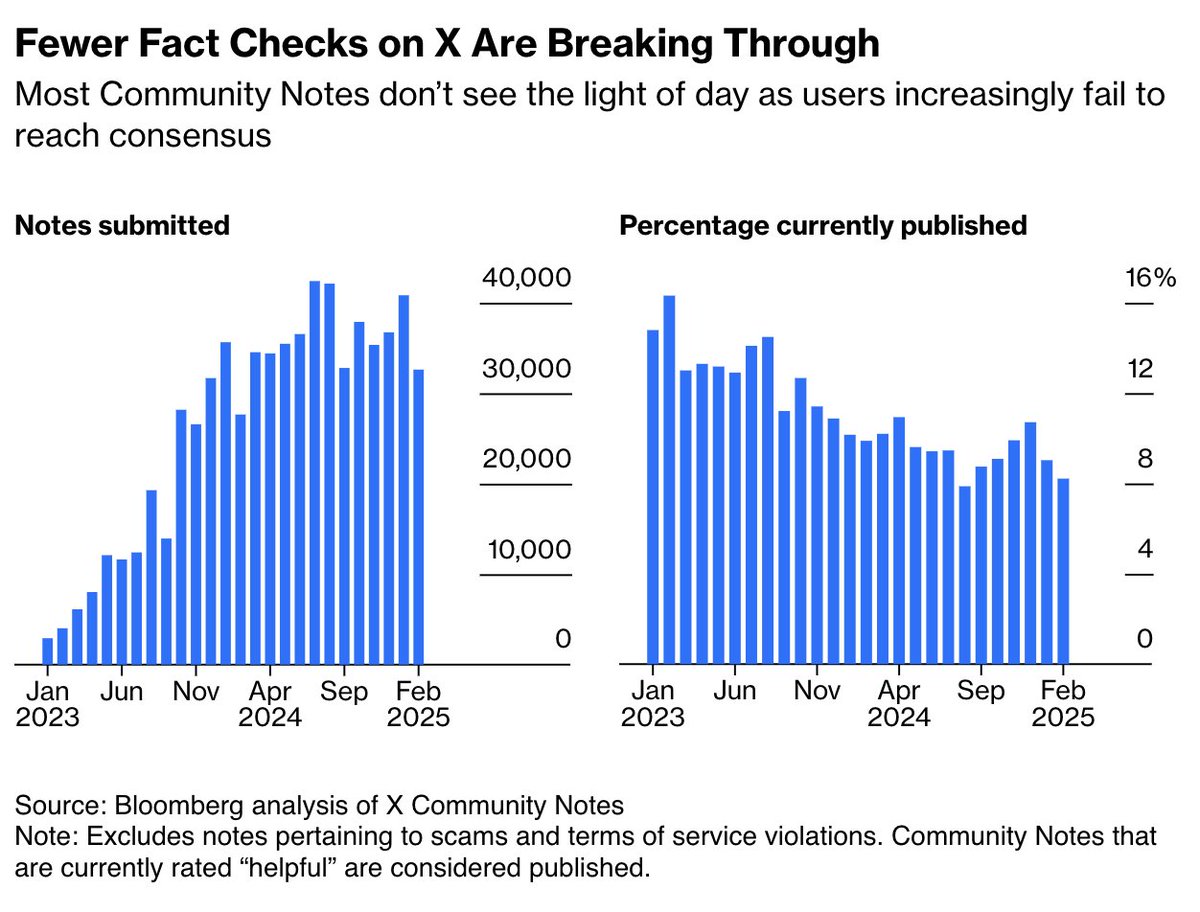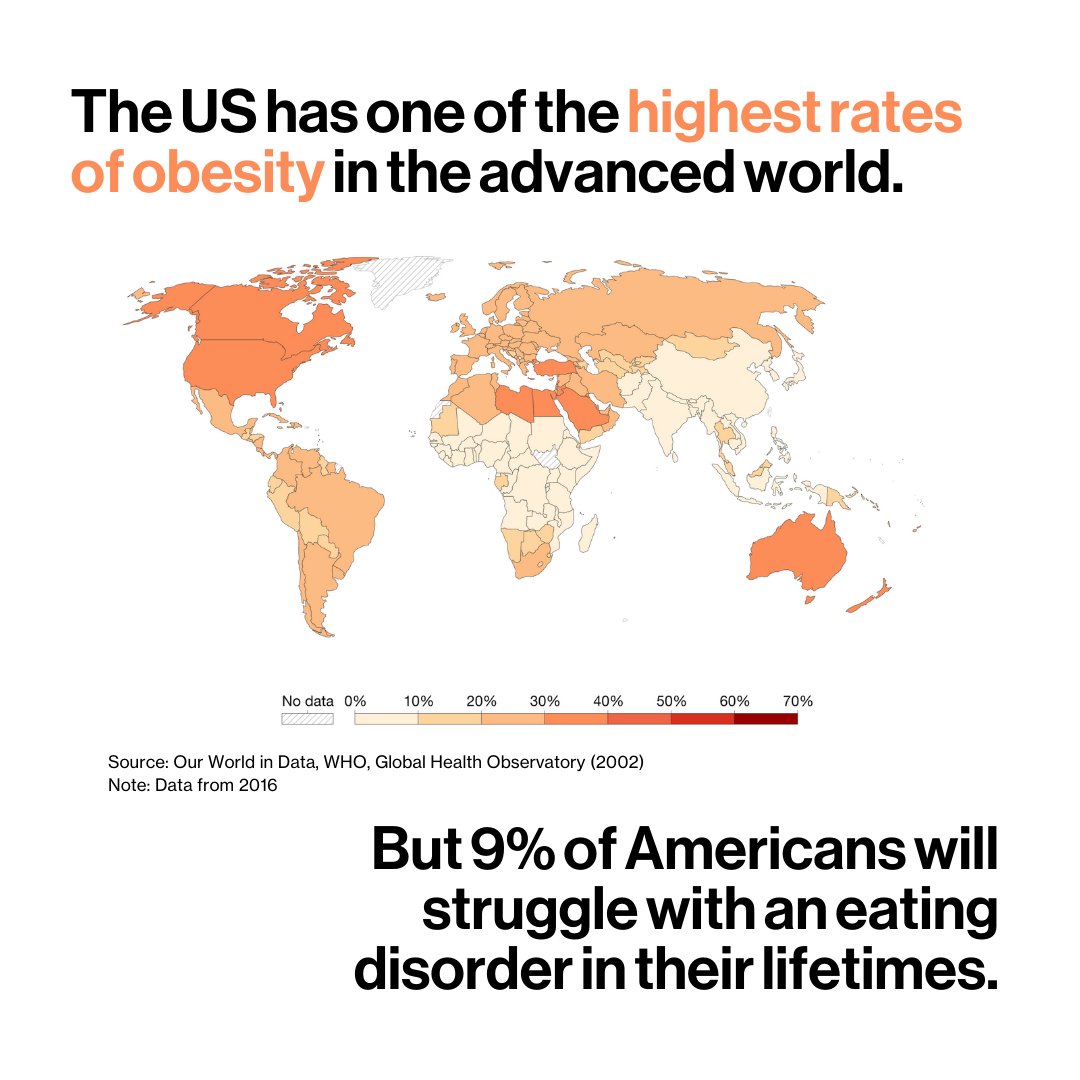The world of logistics and manufacturing is in a state of disarray.
A record number of ships are stuck outside Los Angeles and Long Beach, California. Shortages of everything from vessels to truck drivers abound trib.al/arL9DMJ
A record number of ships are stuck outside Los Angeles and Long Beach, California. Shortages of everything from vessels to truck drivers abound trib.al/arL9DMJ
With freight rates soaring, the ocean-shipping industry is beginning to look like a cartel.
The days of quick, cheap deliveries will soon become a distant memory trib.al/Ar6qsj7
The days of quick, cheap deliveries will soon become a distant memory trib.al/Ar6qsj7

The cost of shipping a 40-foot box on the Shanghai-to-Los Angeles route is so much higher than going the opposite direction that companies are willing to send containers back empty trib.al/Ar6qsj7 

Journey times by sea have doubled because of the backlog, causing alternatives like air freight to get more expensive.
Sea freight spot prices are expected to rise and congestion to worsen trib.al/Ar6qsj7
Sea freight spot prices are expected to rise and congestion to worsen trib.al/Ar6qsj7

If pre-pandemic levels of activity resume with rising vaccination rates, the road ahead won't be smooth.
The pandemic disruptions have exposed the enduring challenges facing the logistics and manufacturing sectors and the divided nature of global trade trib.al/Ar6qsj7
The pandemic disruptions have exposed the enduring challenges facing the logistics and manufacturing sectors and the divided nature of global trade trib.al/Ar6qsj7
Demand isn’t where supply is.
In the U.S., consumers and businesses are sucking in goods, while inventories in industries from textiles to machinery are running low.
Yet there isn’t much scope for American factories to produce more trib.al/Ar6qsj7
In the U.S., consumers and businesses are sucking in goods, while inventories in industries from textiles to machinery are running low.
Yet there isn’t much scope for American factories to produce more trib.al/Ar6qsj7

Manufacturing capacity utilization was already at 76.7% in August, higher than the average between 2015 and 2019 and just slightly below the highest level of the past two decades.
Foreign goods account for 15% of domestic manufacturing gross output trib.al/Ar6qsj7
Foreign goods account for 15% of domestic manufacturing gross output trib.al/Ar6qsj7

Then there’s the supply side. In Asia, many countries – notably China – are still stuck in a vicious cycle of lockdowns.
A power shortage on the mainland is threatening manufacturing and industrial production activity trib.al/Ar6qsj7
A power shortage on the mainland is threatening manufacturing and industrial production activity trib.al/Ar6qsj7

One solution is more shipping vessels and containers. Another option is to move supply closer to demand. But those are two big tasks.
For now, there isn’t an immediate, one size-fits-all way to solve the blockages trib.al/Ar6qsj7
For now, there isn’t an immediate, one size-fits-all way to solve the blockages trib.al/Ar6qsj7
The discrepancies across supply chains will lead to rising prices and costs, particularly in developed markets where demand originates.
Differences in freight rates means shippers could start prioritizing certain routes because they’re more profitable trib.al/Ar6qsj7
Differences in freight rates means shippers could start prioritizing certain routes because they’re more profitable trib.al/Ar6qsj7

The once-banal world of trade and logistics is now anything but.
If you haven't already started, probably best to put in those holiday shopping orders now trib.al/Ar6qsj7
If you haven't already started, probably best to put in those holiday shopping orders now trib.al/Ar6qsj7
• • •
Missing some Tweet in this thread? You can try to
force a refresh














